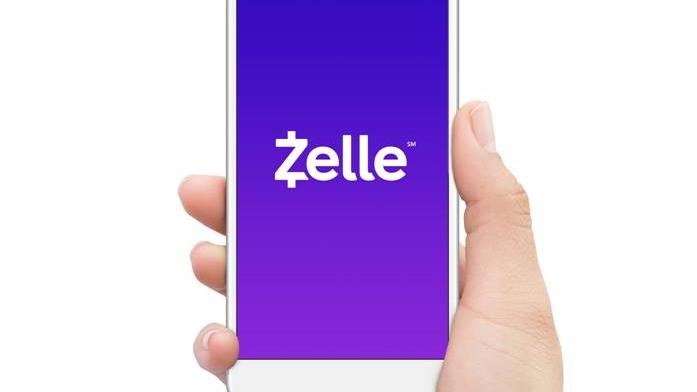With the rising prevalence of peer-to-peer money transfer apps, this may be the first of a new wave of scams that utilize these accounts to drain bank accounts while averting the protective measures of banks and P2P apps.
What is not new is the methods con artists use to lure targets into granting them access to their bank accounts, and what is also not new are the tried and true safety precautions that will continue to protect the vigilant.
Major banks across the United States have reported customers losing thousands of dollars in a matter of minutes to this confidence scam. Con artists trick their targets into entering a verification code into their bank’s login page that essentially gives them the key to your account. Then, they change the username, password, and PIN to lock you out, set up a Zelle account using a burner phone, and use Zelle to drain funds from your bank account.
Zelle is a peer-to-peer money transfer app, similar to Venmo, wherein individuals can transfer funds to each other through the app. Most major banks contract with Zelle to allow their customers to use this system. However, if you don’t set up your own Zelle account – or ask your bank to turn off your account’s Zelle option – someone else might.
Like most scams, it starts with a phone call. The caller ID looks like your bank, and instead of a robocall you speak with someone who sounds like a legitimate banker. Here’s where the irony comes when the caller says fraudulent activity has been detected on your account. The caller instructs the mark to enter their password and a verification code into their online banking login page, giving the scammer full access to the account. The scammer will then reassure the mark that they will take care of everything, lock the account, and send the target a new debit card.
That’s when the real fraud begins. The process moves quickly, and the verification code enables the scammer to override your bank and Zelle’s protection mechanisms.
This scam is new, so it is unclear how viable it will be to recover funds lost to this con. In the meantime, there are safety steps you can take to ensure this will not happen to you.
First, don’t trust the phone call. This is a confidence scam in which an impostor is trying to convince you of something untrue. Even if your bank does show up on your call ID, answer with skepticism. Con artists spoof names and phone numbers to make them look recognizable as your bank. Second, NEVER give banking information out to a caller. If it really is your bank who is calling, they will not ask you for your login information because they already have it, and they will not ask you to enter a verification code. If you are asked to enter a verification code, you are talking to a con artist angling to commandeer your account. Finally, find out if your bank uses Zelle and take steps to prevent anyone else from being able to set up a Zelle account through your bank account. You can do this either by setting up a Zelle account on your own, or by ordering your bank to turn off the Zelle option for your account.

